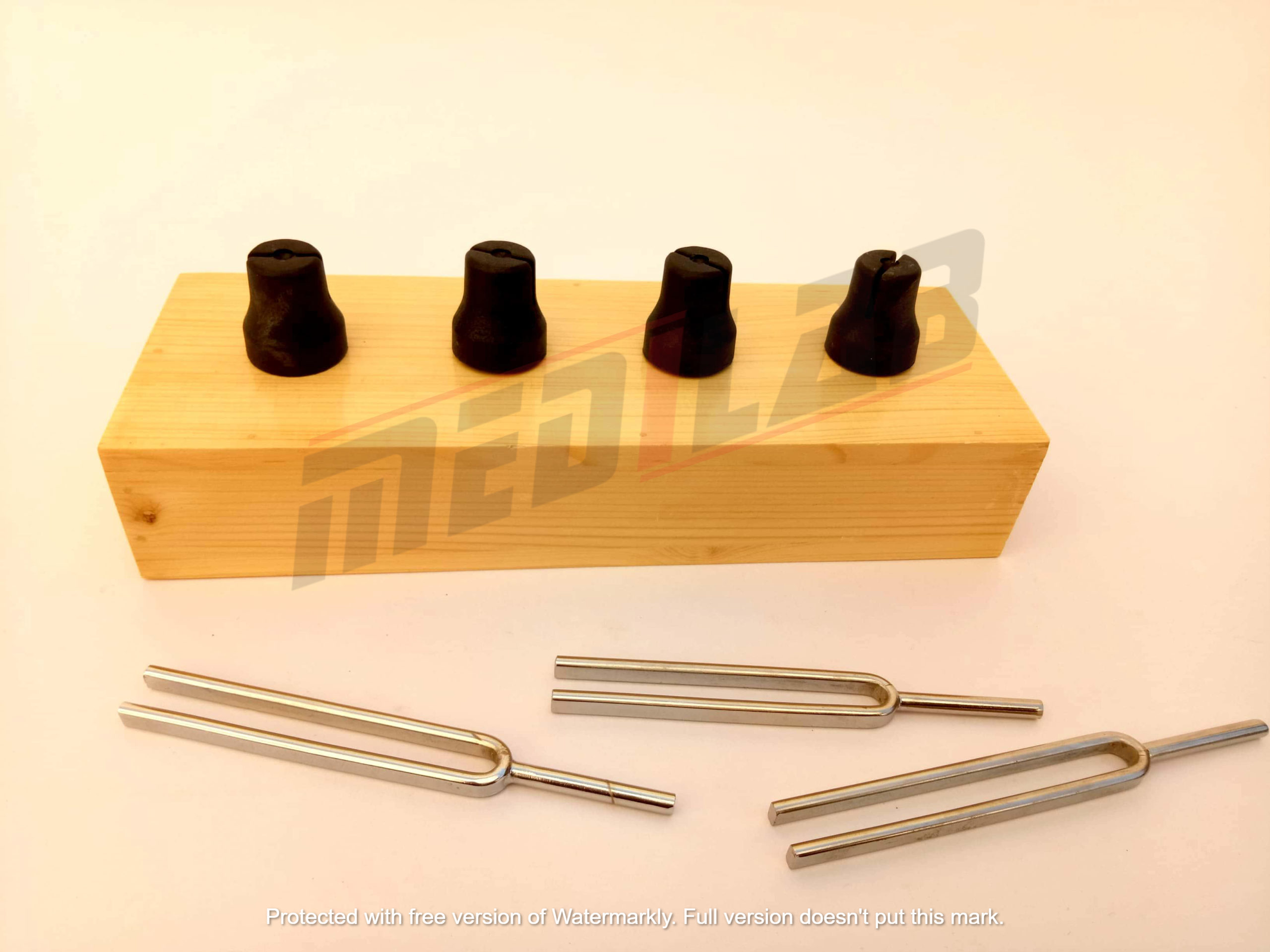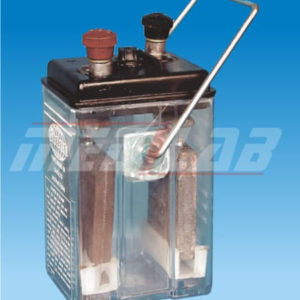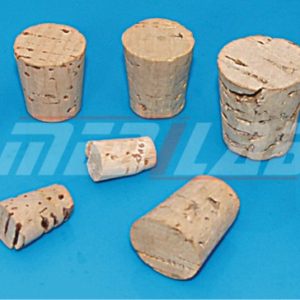Description
A wooden resonance box is a laboratory tool used to study the physics of sound and resonance. It consists of a wooden box with one or more sound holes on the top and a removable lid. Inside the box, there may be one or more chambers separated by partitions that can be adjusted to change the size of the enclosed air space.
To use a wooden resonance box, a sound source, such as a tuning fork or speaker, is placed on top of the box and set to vibrate at a specific frequency. The sound waves produced by the source enter the box through the sound holes and resonate inside the enclosed air space. The size and shape of the air space can be adjusted by moving the partitions to change the resonant frequency of the box. This allows students to study the fundamental principles of resonance and how it affects sound waves.
Wooden resonance boxes are often used in physics and music education to teach students about the properties of sound and how different objects can be used to amplify or dampen sound waves. They are also used in research and development to test the acoustic properties of materials and to design acoustic systems.







